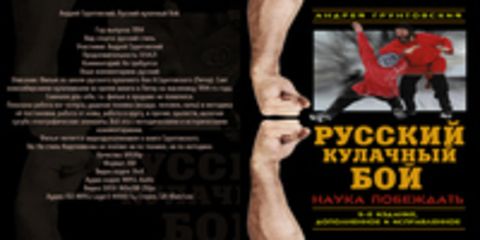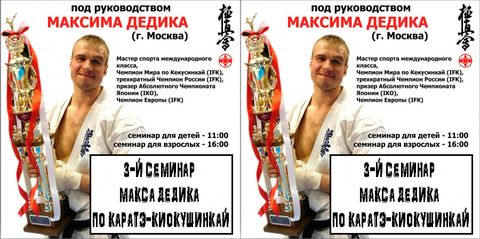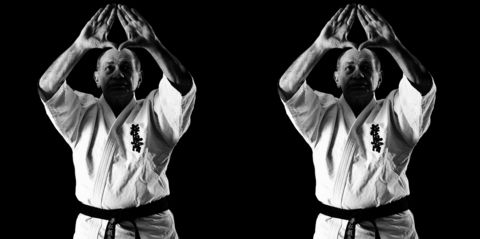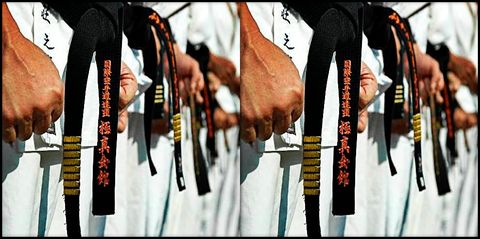Самый крупный интернет-магазин DVD-CD дисков!
Мусо Дзикидэн Эйсин Иай хэйхо (4 части) + Основы техники с боккэн и самурайским мечом
Количество дисков: 1 DVD
Вес: 100 г
Тип упаковки: Пластиковый бокс
Мусо Дзикидэн Эйсин Иай хэйхо (4 части) Основы техники с боккэн и самурайским мечом Мусо Дзикидэн Эйсин Иай хэйхо (4 части) Основы техники с боккэн и самурайским мечом
Год выпуска: 2005
Вид спорта: Иайдо, иайдзюцу
Участники: сихан Нисиути Микио
Продолжительность: 287 мин. в 5 файлах (69 мин. 63 мин. 57 мин. 50 мин. 48 мин.)
Комментарий: Профессиональный (одноголосый)
Язык комментариев: английский
Описание: Сихан Нисиути - президент ассоциации Тоэй-рю иай батто, а также президент и основатель International Okinawa Kobudo Association (Международной ассоциации Окинавского кобудо), .
Нисиути родился в г. Коти, Япония, который считается "Меккой" Мусо Дзикидэн Эйсин иай хэйхо (известного стиля самурайского фехтования). Он получил степень "тюдэн" непосредственно у 19-го сокэ школы Хасэгава Эйсин рю иайдо, ханси Савада. Нисиути Микио больше известен нашим сооткечественникам по его фильмам, посвящённым окинавскому оружию, часть из которых присутствует на трекере. Он изучал искусство окинавского оружия под руководством Ханси Матаёси и Кайтё Киндзё в Наха на Окинаве.
В данном релизе вашему вниманию представлены пять фильмов сихана Нисиути, посвящённых искусству иай: комплект из 4 DVD "Muso Jikiden Eishin Iai Heiho" (также известный как "Advanced Traditional Sword"), а также "Bokken & Samurai Sword Fundamentals" (6 часть из семисерийного комплекта DVD, посвящённого различному традиционному оружию Окинавы и Японии).
Краткое содержание фильмов - согласно анонсу (на самом деле фильмы очень подробные, с быстрым и замедленным показом, с разных ракурсов, с полной терминологией - всё содержание займёт слишком много места):
- 4 DVD "Muso Jikiden Eishin Iai Heiho":
Часть 2: Сёдэн. Изложен первый из пяти уровней иайдо. После качественного изучения техники данного уровня вы сможете претендовать на начальную степень в искусстве иайдо.
Часть 3: Тюдэн. Практика с партнёром, состоящая из комплекса, включающего 7 форм с вариациями.
Часть 4: Окудэн. Третий уровень (самостоятельная практика). Состоит из двух частей: иай хидза (сидя на коленях с мечом за поясом) и техники вставая.
DVD "Bokken & Samurai Sword Fundamentals": Поклоны, повороты, техники выхватывания, рубки и уколов мечом. Техника демонстрируется из нескольких различных позиций: Хассо, Ся и Дзингэн. Шесть базовых движений, включающих первый удар, завершающий удар и вкладывание меча в ножны. Также включены парные и одиночные формы с мечом и боккэн (деревянным мечом).
Доп. информация:
Информация по 無双直伝英信流 Мусо Дзикидэн Эйсин рю (англ.)
Musō Jikiden Eishin-ryū|無双直伝英信流 or 無雙直傳英信流, meaning "peerless, directly transmitted, school of Eishin" is one of the most widely practiced school of the Japanese martial art of "iaidō" in the world. Frequently shortened simply to Eishin-ryū, this school claims an unbroken history of about 450 years.
History of Eishin Ryū
The founder of Eishin Ryū was Hayashizaki Jinsuke Minamoto no Shigenobu, who lived between 1546 and 1621 in present-day Kanagawa Prefecture. Many of the historical details of Hayashizaki's life are suspect, since, like most famous martial artists in Japan, his story has been widely fictionalized. It seems, however, that he grew up during a time of constant warfare in Japan and was exposed to various sword-fighting methods from an early age. It is said that he went to Yamagata Prefecture to pray for guidance and receive divine inspiration for a new way of drawing the sword. However the circumstances came about, at some point he established his own style of swordsmanship, calling it Shinmei Musō-ryū; "divinely inspired, unparalleled style."
Hayashizaki's "iaidō" has had many names since then. It is considered the foundation for the two major styles of iaido practiced today: Eishin-ryū; and Musō Shinden-ryū. In each generation a headmaster, or "sōke", has been appointed to guide the practice of the art, and each "sōke" has had his own influence on the development of "iaidō". As an example, Musō Jikiden Eishin-ryū was originally developed for the "tachi", a slightly longer and more deeply curved predecessor of the katana. Hasegawa Chikaranosuke Eishin, from whom the style's name is derived, adapted the style to the newly developed katana.
One of the most important "sōke" in the system is the 17th "sōke", Oe Masamichi. Political issues caused by his actions caused a split of many styles that all claim Eishin-ryū lineage, as well as the division between Musō Shinden-ryū and Musō Jikiden Eishin-ryū. However, Oe is the one who combined the teachings of the Shimomura-ha and Tanimura-ha branches, and organized Musō Jikiden Eishin-ryū into the system of "seiza" ("shoden"), "tatehiza" ("chuden"), and "okuiai" ("okuden") "waza" sets we know today.
Lineage of Musō Jikiden Eishin-ryū
* Hayashizaki Jinsuke Minamoto Shigenobu, Founder
* Tamiya Heibei Narimasa, 2nd generation
* Nagano Muraku Nyudo, 3rd generation
* Momo Gumbei Mitsushige, 4th generation
* Arikawa Shozaemon Munetsugu, 5th generation
* Banno Denemon no Jo Nobusada, 6th generation
* Hasegawa Mondonosuke Eishin, 7th generation
* Arai Seitetsu Seishin, 8th generation
* Hayashi Rokudayu Morimasa, 9th generation
* Hayashi Yasudaya Seisho, 10th generation
* Oguro Motoemon Kiyokatsu, 11th generation
* Hayashi Masu no Jo Masanari, 12th generation
* Yoda Manzo Takakatsu, 13th generation
* Hayashi Yadayu Masataka, 14th generation
* Tanimura Kame no Jo Takakatsu, 15th generation
* Goto Masasuke, 16th generation
* Oe Masamichi (1852-1927), 17th generation
* Hogiyama Namio (1891-1935), 18th generation
* Fukui Harumasa (1884-1971), 19th generation
* Kono Hyakuren (1899-1974), 20th generation
* Fukui Torao Seisan (1916-2001), 21st generation
* Ikeda Takashi Seiko (1932-), 22nd generation
Traditional martial arts schools ("koryū") are very much like old families with each instructor taking the role of father to his students. Eventually some students become instructors in their own right. With each new generation a successor is chosen to carry on the lineage. This individual is proclaimed the next "sōke". However, like any family, there are often multiple children. So while there may be several students awarded "menkyo kaiden" over the years, only one is eventually bestowed the title of "sōke". Musō Jikiden Eishin-ryū is no exception. The most recent branch in the trunk of the family tree occurred after Oe Masamichi. Several of Oe’s students were awarded a license to teach others ("kongen no maki"), and at least three of Oe’s students’ schools are still in existence. Masaoka Kazumi gave rise to Masaoka-ha, of which, Miura Takeyuki Hirefusa is the current headmaster. Miura Hanshi founded the Nippon Kobudo Jikishin-kai to carry on his teachings. Instruction outside of Japan is regulated by the Jikishin-kai International. [ [http://www.jikishin-kai.com/miurabio.htm Jikishin-kai International Website] ] Currently Masayuki Shimabukuro (who holds the title of "hanshi") is the chairman for both the JKI and the NKJK. Yamauchi Toyotake established Yamauchi-ha. [ [http://www.komeijuku.jp/ Yamauchi-ha] ] He was succeeded by Kanemitsu Kono who was followed by Masamitsu Onoe. Masamitsu’s successor, Sekiguchi Takaaki Komei, is the current headmaster and president of Nihon Koden Bujutsu Iaido Renmei. Kagami Vol. 1 #3 ] Hokiyama Namio started the Hokiyama-ha which has had several headmasters over the years. Today this branch is headed by Ikeda Takashi, the recognized sōke of Musō Jikiden Eishin-ryū "iaidō" and president of the Zen Nippon Iaido Renmei. Kagami Vol. 1 #3 ]
Governing Bodies
MJER Iaido is controlled by several different Federations and Associations depending on the particular lineage of a given instructor.
* Seitokai is an organization that is solely MJER headed by Ikeda-soke (see ZNIR below). Date of founding ?.
* DNIR (Dai Nippon Iaido Renmei / Greater Japan Iaido Federation) - Is a multi-style Federation that includes MJER. MJER reprensentation is (as of 2007) Ayosai Seimiya Soke. Founded in 1974.
* DNKR (Dai Nippon Kendo Renmei / Great Japan Kendo Federation) - Is a multi-style Federation.
* ZNIR (Zen Nippon Iaido Renmei / All Japan Iaido Federation) - Is a multi-style Federation that includes MJER. ZNIR's current President is Ikeda-soke. Date of founding is 1948.
* ZNKR (Zen Nippon Kendo Renmei / All Japan Kendo Federation) - Is a multi-style, multi-art (Kendo / Iaido) Federation that includes MJER. MJER representation is ?. Founded in 1952.
* NIR (Nippon Iaido Renmei / Japan Iaido Federation) - Is a multi-style Federation (Non Profit Organization) that includes MJER, MSR, MUGAI RYU and others.
* NKJK (Nippon Kobudo Jikishin-kai / Japanese Martial Arts ?? Association). Headed by Masayuki Shimabukuro Hanshi.
* NKBIR (Nihon Koden Bujutsu Iaido Renmei) - Headed by Sekiguchi Takaaki Komei.
* CIA (Canadian Iaido Association) - A group generally affiliated with ZNIR, based in Canada.
olo Waza
The waza are broken up into sets based on the principal method that the waza begins in, and by skill level. The majority of the study is focused around these solo waza, especially in the first seven to ten years.
eiza (Shoden/Entry Level)
The word "Shoden" can be translated as the "entry-transmission", and was derived from the Omori-ryū iaido. Omori-ryū was said to have been created by Hayashi Rokudayu Morimasa, the ninth headmaster of the Muso Jikiden Eishin-ryū, who lived from 1661 until 1732. These waza are performed from seiza, a kneeling position, with the general exception of Oikaze. "Seiza no Bu" has been included in the Muso Jikiden Eishin-ryū at the entry level, and contains the following techniques:
# 前 Mae (Forward)
# 右 Migi (Right)
# 左 Hidari (Left)
# 後 Ushiro (Rear)
# 八重垣 Yaegaki (8-Fold Fences, Fences within Fences)
# 受流 Ukenagashi (Block and Flow)
# 介錯 Kaishaku (Assist Seppuku)
# 附込 Tsukekomi (Pursuit)
# 月影 Tsukikage (Moon Shadow, Moon Beams)
# 追風 Oikaze (Tailwind)
# 抜打 Nukiuchi (Sudden Draw)
Batto Ho, Kihon (Shoden/Entry Level)
Batto Ho was the last set of waza added by Kono Hyakuren-soke. The techniques found here are based on techniques throughout the system, but are performed starting in a standing position. "Batto Ho no Bu" has been included in some lines of Muso Jikiden Eishin-ryū at the entry level, and contains the following techniques:
# 順刀其の一 Junto Sono Ichi (Ordered Sword Variation 1)
# 順刀其の二 Junto Sono Ni (Ordered Sword Variation 2)
# 追撃刀 Tsuigekito (Pursuing Sword)
# 斜刀 Shato (Angular Sword)
# 四方刀其の一 Shihoto Sono Ichi (4-Directional Cut, All-direction cut Variation 1)
# 四方刀其の二 Shihoto Sono Ni (4-Directional Cut, All-direction cut Variation 2)
# 斬突刀 Zantotsuto (beheading cut)
Batto Ho, Oku (Entry Level/Intermediate)
These are 4 waza that begin using the Okuiai walking Pattern. "Oku Batto Ho no Bu" has been included in some lines of Muso Jikiden Eishin-ryū at the entry or intermediate level, and contains the following techniques:
# 前敵逆刀 Zenteki Gyaku To (Forward Enemy Inverse Cut, Forward Rising Cut)
# 多敵刀 Tateki To (Multi-directional cut)
# 後敵逆刀 Koteki Gyaku To (Rear Enemy Inverse Cut)
# 後敵抜打 Koteki Nukiuchi (Rear Enemy Sudden Draw)
Tatehiza (Chuden/Intermediate)
The word "Chuden" can be translated as the "middle-transmission", and was derived from the Hasegawa Eishin-ryū iaido. Originally created in the seventeenth century by Hasegawa Chikaranosuke Eishin (Hidenobu), who was the seventh undisputed headmaster of the Muso Jikiden Eishin-ryū. Hasegawa Eishin-ryū has been included in the Muso Jikiden Eishin-ryū at the middle level. Tatehiza waza are performed starting in tatehiza, a half-seated position. "Tatehiza no bu" contains the following techniques:
# 横雲 Yokogumo (cloud bank)
# 虎一足 Toraissoku (tiger's step)
# 稲妻 Inazuma (lightning)
# 浮雲 Ukigumo (floating cloud)
# 颪 Oroshi (wind down from the mountain)
# 岩波 Iwanami (wave hitting rocks)
# 鱗返 Urokogaeshi (dragon turn)
# 波返 Namigaeshi (wave returns)
# 瀧落 Takiotoshi (waterfall)
# 真向 Makko (draw/cut)
Tachiwaza (Okuden/advanced)
The word "Okuden" can be translated as "inner-transmission", or "secret-transmission". These waza sets are intended for advanced practitioners. Tachiwaza is included in the Muso Jikiden Eishin-ryū at the advanced level. These waza are performed from a standing position with the oku walk with the exception of Itamagoi 1-3 which start from seiza. "Tachiwaza no bu" contains the following techniques:
# 行連 Yukizure (Accompaniment)
# 連達 Tsuredachi (Companions)
# 惣捲 So Makuri (Complete Resolution)
# 惣留 So Dome (Full Stop)
# 信夫 Shinobu (Loyal Retainer)
# 行違 Yukichigai (Misdirection)
# 袖摺返 Sodezuri Gaeshi (Sleeve Turns)
# 門入 Mon'iri (Entering Through the Gate)
# 壁添 Kabezoe (By the Wall)
# 受流 Ukenagashi (Block and flow)
# 暇乞其の一 Itomagoi 1 (Farewell 1)
# 暇乞其の二 Itomagoi 2 (Farewell 2)
# 暇乞其の三 Itomagoi 3 (Farewell 3)
Iwaza (Okuden/advanced)
Iwaza is included in the Muso Jikiden Eishin-ryū at the advanced level. These waza are performed starting in the tatehiza position. "Iwaza no bu" contains the following techniques:
# 霞 Kasumi (Mist)
# 脛囲 Sunegakoi (Knee Covering)
# 戸詰 Tozume (Blocked at the Door)
# 戸脇 Towaki (Beneath the Doorway)
# 四方切 Shihogiri (Attacking the Four Sides)
# 棚下 Tanashita (Beneath the Shelf)
# 両詰 Ryozume (Blocked on Both sides)
# 虎走 Torabashiri (Tiger Run)
Bangai (Okuden/advanced)
Bangai (extended Tachiwaza) included in the Muso Jikiden Eishin-ryū at the advanced level. Some schools include these with "Tachiwaza", but they are separate due to a number of irregularities that are encounted in them. These waza are performed starting from a standing position. It contains the following techniques:
# Hayanami (Fast Wave)
# Raiden (Thunder and Lightning)
# Jinrai (Thunderclap)
# Shihogiri (4 Directional Cut)
Paired Waza (Kumitachi)
Often taught only to advanced students after years of study, some of these sets are rarely seen outside of Japan. Using both the odachi (long sword) and kodachi (short sword), there is a high incidence of grappling, striking, and disarms in these paired sets. Kata start both from sheathed swords, employing nukitsuke techniques, and from various kamae with swords already drawn. Typically these forms are practiced using bokuto; however, it is also practiced by the highest practictioners in Japan with shinken.
Tachiuchi no KuraiThe first of the two man kata sets (kumitachi). There are two versions of this kata, the 10 waza set is the original set, the 7 waza set is a revised version developed by the 17th headmaster, Oe Masamichi (sometimes referred to as Tachi Uchi no Kata). Many, although not all, of the techniques are similar between these related sets.
Tsumeai no Kurai The second of the kumitachi waza sets, performed from tatehiza and standing positions. Practiced by advanced iai students only, Tsumeai no kurai (and other advanced kumitachi) is sometimes assumed, by beginners and outsiders, to be no longer practiced.
Daisho ZumeThe third of the kumitachi waza sets. Long and short swords (daisho) are worn. This set starts from tatehiza.
Daisho Tachi ZumeThe fourth kumitachi set. Again, long and short swords are worn. This set starts from a standing position.
DaikendoriThe fifth kumitachi set. The first four are kodachi (shidachi) vs. odachi (uchitachi), while the next six are odachi vs. odachi.
Federation Waza
Most MJER schools fall under one of two major federations: ZNIR and ZNKR.
Toho no Bu (ZNIR)
Dojo that are affiliated with the 全日本居合道連盟 (Zen Nippon Iaido Renmei, or ZNIR) also practice 5 standard Kata from 5 of the founding styles. ZNIR was founded by Kono-soke and soke of several other styles in 1953. The first of these kata, Maegiri, is based on MJER.
Toho no Bu (DNIR)
Dojo that are affiliated with the Dai Nippon Iaido Renmei (DNIR) also practice 7 Kata from 6 founding styles. DNIR was founded in 1974, with Jirai Ajisai as one of the principle founding members (MJER). The first kata, Mae, and the seventh kata, Karigane, are based on MJER.
Seitei no Kata (ZNKR)
Dojo that are affiliated with the Zen Nihon Kendo Renmei (ZNKR) also practice 12 kata. The first iaido forms of the ZNKR were established in 1969 and are heavily influenced by MJER and it's sister school, Muso Shinden Ryu (MSR), among others. The following kata come from or have basis in MJER or MSR: Mae, Ushiro, Uke Nagashi, Tsuka Ate, Ganmen Ate and So Giri.
Auxiliary Arts
According to Masaoka Katsukane Kazumi, 18th generation Kongen no Maki holder, in the book titled Muso Jikiden Eishin Ryu Iai Heiho Chi no Maki (Earth Book of MJER Iai Heiho), there were two auxiliary arts practiced along with the iai and paired forms of MJER. There are rumors of other arts as well, focusing on such techniques as torinawa (rope tying) and jojutsu (short staff). There is little remaining evidence to support these claims.
Itabashi Ryu Bojutsu
This subsumed art focused on the bo, or long staff. It featured 5 kata of bo vs. bo and 8 kata of bo vs. sword. Only remnants of Itabashi Ryu remain to this day.
Natsubara Ryu Yawara
This subsumed art focused on grappling techniques in a variety of circumstances: standing, kneeling, from behind, etc. The school was divided into 6 sets with a total of 63 kata. Natsubara Ryu seems to be no longer extant.
Качество: DVDRip
Формат: MPEG
Видео кодек: MPEG1
Аудио кодек: MP3
Видео: MPEG1 Video 352x240 (107:80) 29.97fps 1147Kbps
Аудио: MPEG Audio 44100Hz stereo 224Kbps
Купить Мусо Дзикидэн Эйсин Иай хэйхо (4 части) Основы техники с боккэн и самурайским мечом в интернет магазине 1000000-DvD-CD.ru (в корзину!) В корзине × Оформить заказ Преимущества: Мусо Дзикидэн Эйсин Иай хэйхо (4 части) Основы техники с боккэн и самурайским мечом в интернет-магазине dvd cd дисков 1000000-DvD-CD.ru можно дёшево, если выбрать предоплату со скидкой 20%! Ещё дешевле диски выходят, если в заказе их больше 5-10 шт
| ДИСКИ | Обучающее видео |
| Количество CD | 1 шт. |
| Тип упаковки | Пластиковый бокс |
| Вес товара с упаковкой (г) | 100 гр. |
Отзыв успешно отправлен.
Он будет проверен администратором перед публикацией.
Он будет проверен администратором перед публикацией.
Перед публикацией отзывы проходят модерацию
Похожие товары
Каталог DVD дисков
Каталог CD дисков
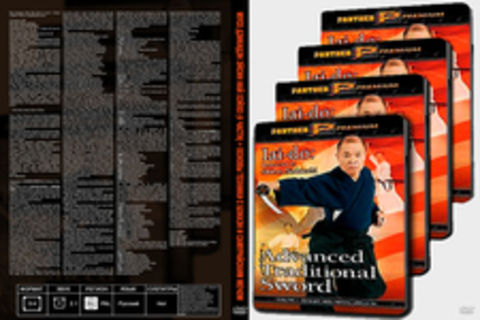
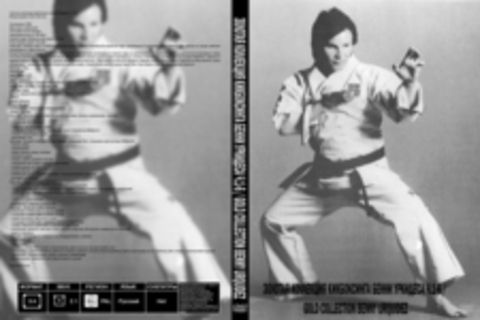
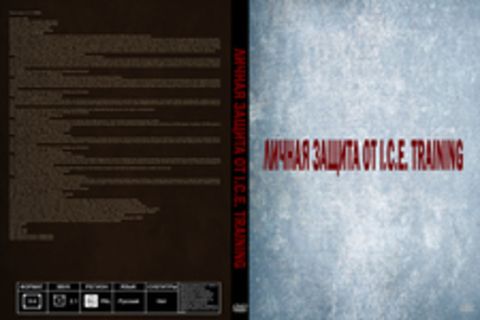
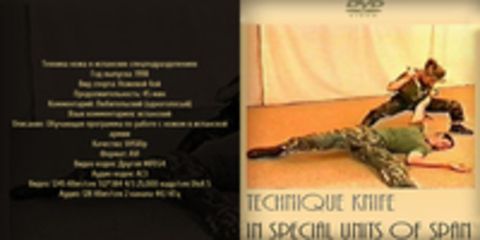
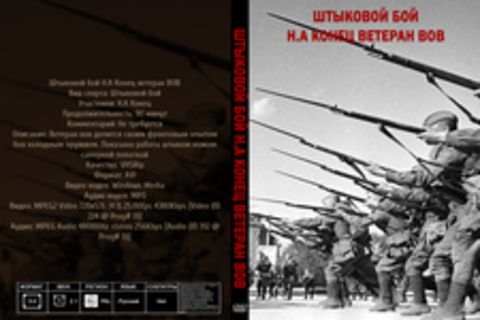
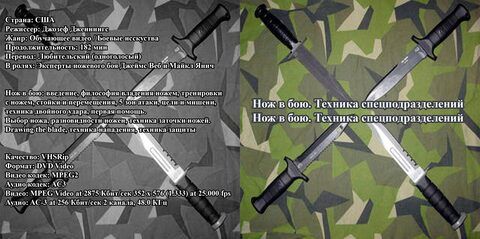


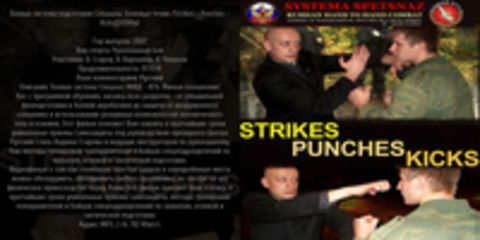

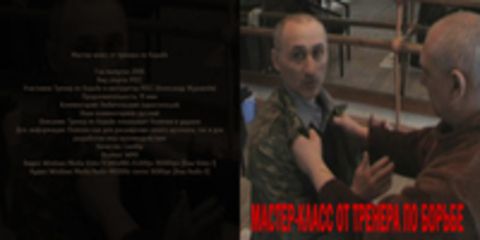


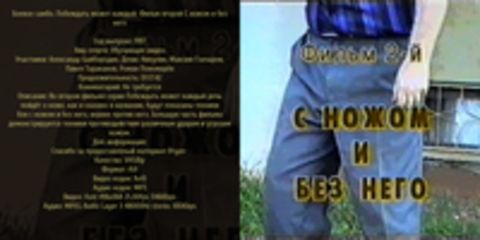
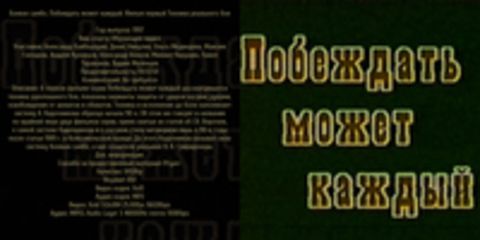

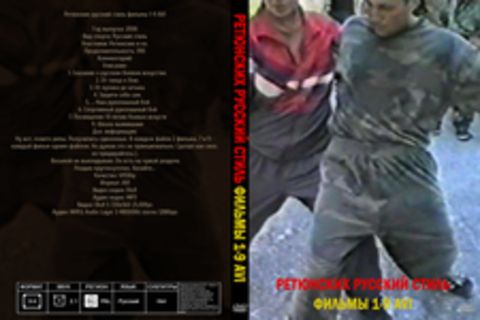
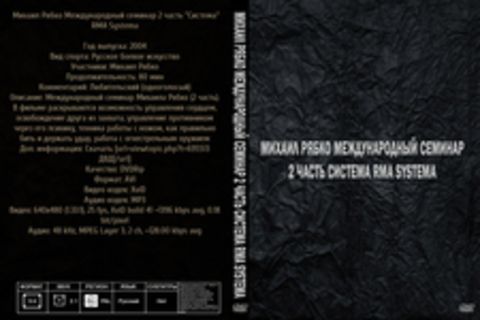
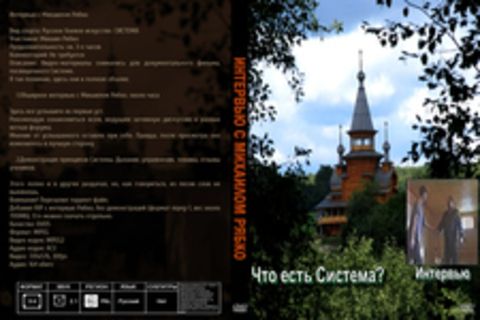

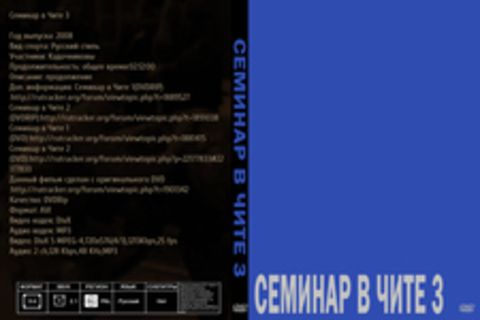





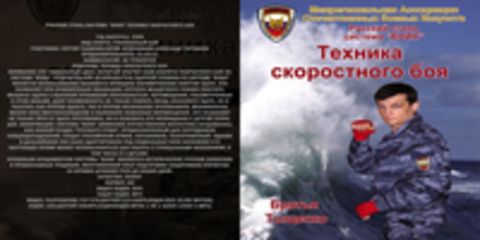


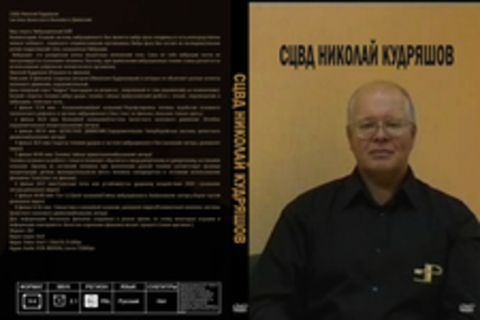
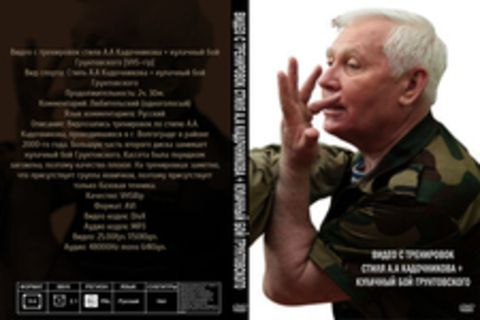



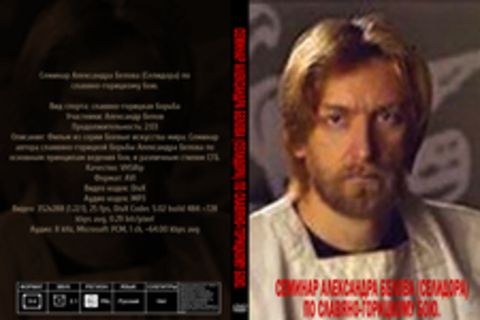
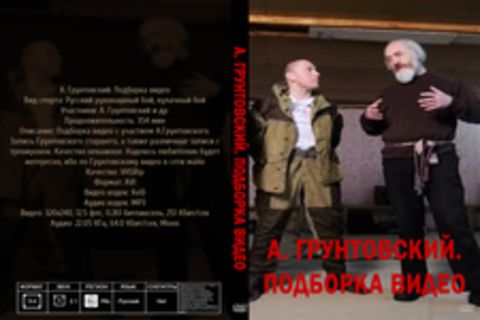

![Scott Sonnon [ROSS] - Fisticuffs: Peak Performance Pugilism](https://static.insales-cdn.com/r/-JSKQ5nPr0U/rs:fit:480:480:1/plain/images/products/1/670/525378206/large_9060915-1-65b915.jpg@jpg)
